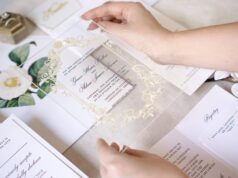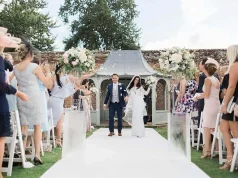
Are you a man interested in Japanese culture? Do you have upcoming nuptials and want to learn more about Japanese American wedding traditions that may make your ceremony extra special? If so, then it’s high time to explore Japan’s rich wedding traditions.
From colorful kimonos to symbolic flowers and symbolism-laden foods, you won’t find anything like a traditional Japanese wedding celebration! Whether you’re looking for inspiration or just curious about this unique cultural custom, read on as we delve into what makes Japanese weddings so unique.
6 beautiful Japanese wedding traditions
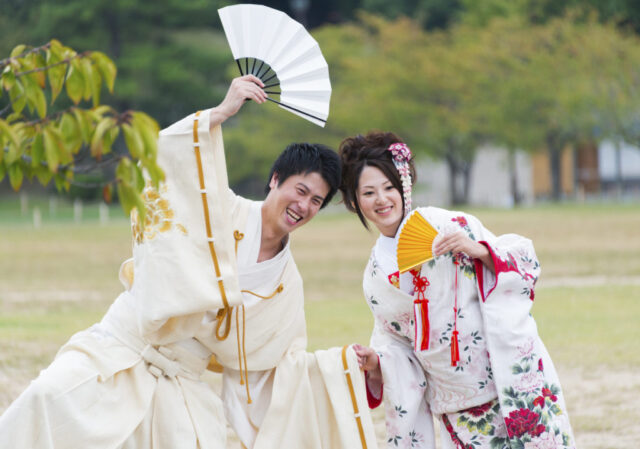
As a traditional Japanese wedding is a once-in-a-lifetime event for Western guys and Japanese mail order brides, couples typically spend a lot of time and money planning their special day. While there are certain elements that all Japanese weddings share, there are also unique customs that vary by region. Here are five traditional Japanese wedding traditions to consider when planning your big day:
1. Shinto ceremony
A traditional Shinto ceremony is held at a shrine in the presence of family and friends. During the ceremony, the couple will participate in traditional rituals such as sipping sake from three cups and exchanging vows. The couple will be blessed with long life, health, happiness, and fertility throughout their marriage.
2. Exchange of gifts
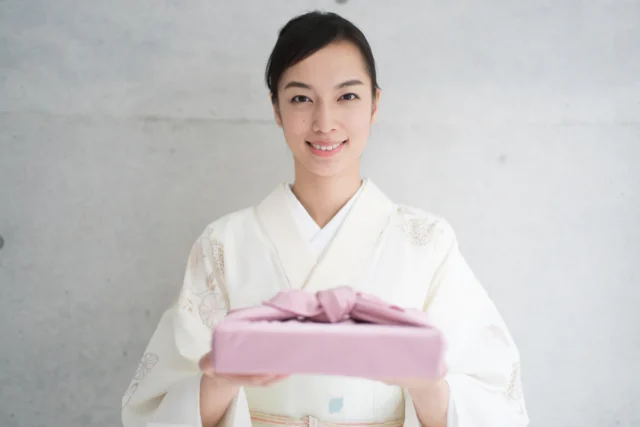
After exchanging rings, the couple will exchange gifts which are typically wrapped in traditional furoshiki fabric. Typically the groom will give his bride a traditional kimono and accessories such as jewelry or a handbag. The bride may also give her groom traditional Japanese clothing, such as a haori coat or montsuki kimono. In addition, the groom gives his bride’s family $10,000 in cash and the bride can present his future husband with an expensive watch or suit. Guests customarily offer $300 to $400 in cash as a gift.
3. Wedding clothing
A classic wedding kimono is usually worn by the bride and groom during a traditional Japanese wedding. This type of clothing is usually rented for the duration of the ceremony and then returned afterward. Typically, the traditional wedding kimono comes in a deep red color that symbolizes good luck in Japanese culture. The hair ornaments such as combs and headpieces are often used to decorate both the bride’s and groom’s hairstyles. These ornaments are usually made of Japanese embroidery and traditional Japanese fabrics such as silk and hemp.
4. Japanese tea ceremony
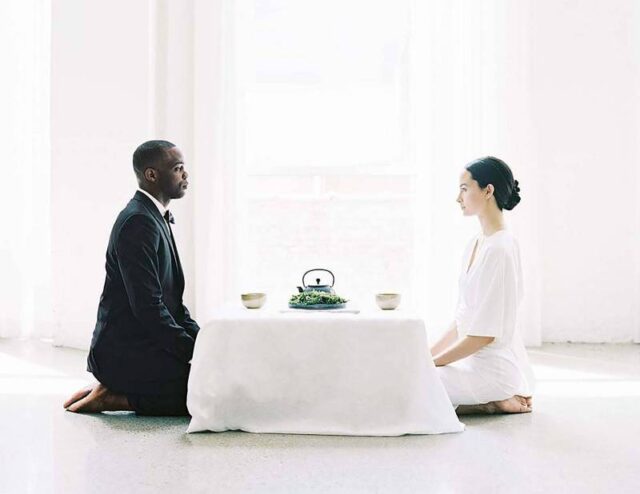
After exchanging rings and vows, a Japanese tea ceremony is usually held in which small servings of matcha tea are served in tatami form. During this special occasion, both families drink from sharing cups to symbolize unity and cooperation throughout their marriage.
5. Reception
After the tea ceremony, a Japanese wedding reception is usually held in which both families and guests celebrate the beginning of the newlyweds’ life together. During this event, traditional Japanese dishes such as tempura or sushi may be served. Afterward, both families walk around the wedding venue three times while singing traditional Japanese songs. The procession is meant to symbolically bring good luck and fortune to the newlyweds during their life together.
6. Bowing Ceremony
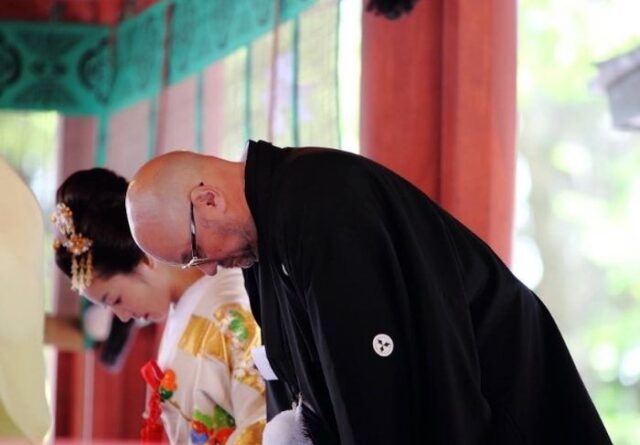
At the end of the reception, the couple will bow to each other for one last time before departing for their honeymoon. The bowing ceremony symbolizes respect and gratitude towards both families for all that they have done to make their special day possible.
For couples who don’t live in Japan but are looking to incorporate Japanese American wedding traditions elements into their wedding celebration, there are several options available. From traditional attire and gift-giving to traditional tea ceremonies, there are many ways to honor traditional values and customs at the international wedding.
Differences between Japanese and American wedding traditions
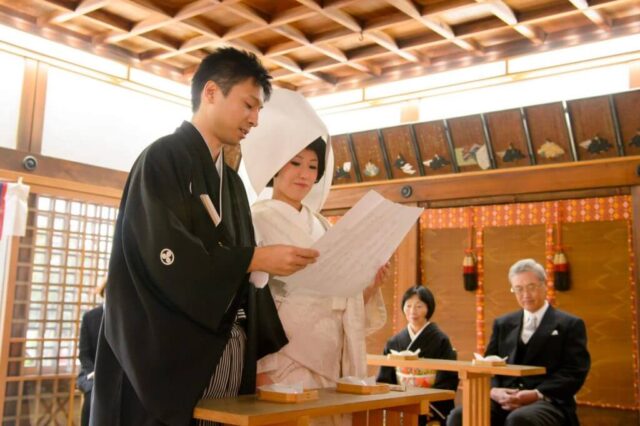
When it comes to Japanese and American wedding traditions, there are a few surprising differences that you may not have known about. Here are five of them:
Procession: Japanese brides are usually carried in a sedan chair and walk down the aisle with their father. Japanese grooms will also sometimes carry a ceremonial sword at their procession, which is known as an “Insho-no-Kata” or “Bridegroom Sword.”
• Reception: Japanese receptions do not usually include a bridal party or bouquet toss, which are common staples of American weddings. Japanese receptions are typically built around the concept of introducing two families, rather than celebrating two individuals.
• Music: Japanese couples rarely have live bands playing throughout their reception as American wedding ceremonies do. Instead, popular J-pop music is usually played or Japanese traditional songs called “Toryanis” are sung.
• Blessing: Japanese traditions involve thanking the gods for good fortune by chanting religious prayers as part of the ceremony. Japanese couples often have traditional Japanese musicians playing drums and other instruments during these blessings, which is not usually seen in American weddings.
• Afterparty: Japanese receptions often include an afterparty at the bride and groom’s home with their closest family and friends. This is not typical in American weddings, as post-ceremony events are usually held in other venues such as banquet halls or hotels.
• Photography: Japanese photos tend to be more posed than American wedding photos because Japanese photographers focus on capturing moments with traditional Japanese backgrounds and props rather than naturally occurring events throughout the day. Japanese couples also typically have an official engagement portrait taken before their big day.
These are just a few of the many differences between Japanese and American weddings. Whether you’re looking to plan a Japanese-style or American-style wedding, knowing the similarities and differences can help ensure your day is unique and special in every way!
In summary, Japanese wedding is full of unique traditions. While many aspects of the ceremony might seem unusual to American men, the traditions serve important purposes – highlighting the significance of union and commitment in Japanese culture. No matter how different it may look on the outside, there’s one thing all wedding traditions have in common: a genuine celebration of love. So whether you adapt some customs from the culture or go all out with a traditional experience for your Japanese bride – make sure your day is memorable and full of eternal love!

